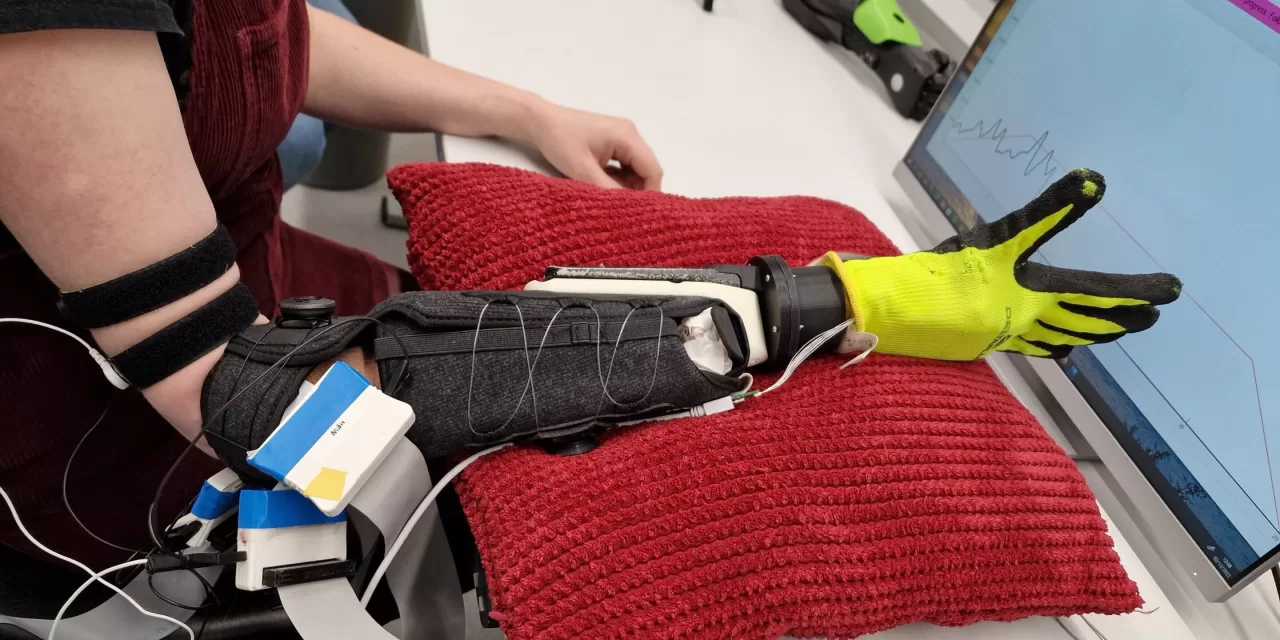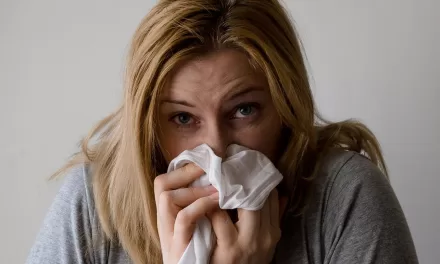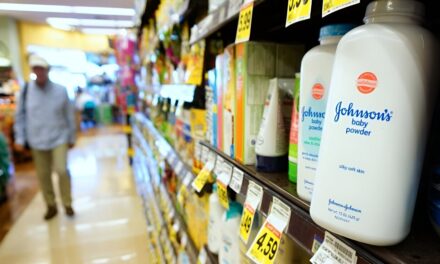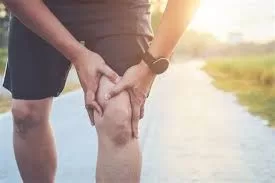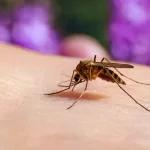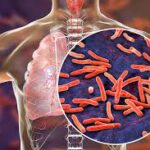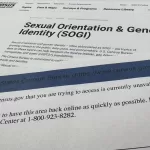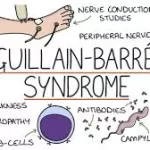In a groundbreaking study, researchers have made significant strides in enhancing the natural control of prosthetic limbs by demonstrating the powerful connection between hand movement patterns and motoneuron control patterns. This research, published in Science Robotics, is opening new doors for the design of bionic limbs that feel more intuitive and natural to users. The study also details how these findings were applied to a soft prosthetic hand, which was successfully tested by individuals with physical impairments.
The research team, a collaboration between the Istituto Italiano di Tecnologia (Italian Institute of Technology) in Genoa, Italy, and Imperial College London, UK, is the result of the “Natural BionicS” project. This initiative aims to go beyond current prosthetic models, which are often abandoned by patients due to their lack of responsiveness and natural movement.
One of the most exciting developments in this study is the recognition that for a bionic limb to be accepted as “natural” by the central nervous system, it must interact with the environment just as a real limb would. The researchers advocate for the integration of sensorimotor synergy theories and soft robotics technology into prosthetic design. A key example of this is the Soft-Hand robotic hand, a product of Bicchi’s group at IIT.
“By creating an interface between the nervous system and artificial limbs that feels natural, we could open up possibilities not just for prosthetics but for the integration of robots into the human body to assist and empower individuals,” said Antonio Bicchi, one of the study’s lead researchers.
The study reveals that two fundamental systems in the human body — synergies at the spinal motoneuron level and those that govern hand behavior — are linked in ways previously not understood. Synergies refer to the coordinated patterns of muscle activation and joint movements that control body motion. Researchers discovered that hand postures reflect these underlying neural structures, which can be decoded through advanced algorithms that analyze muscle signals.
By decoding these neural signals, researchers can identify specific groupings of neural cells responsible for particular hand movements. This advancement not only deepens our understanding of motor control but also offers exciting new possibilities for creating intuitive human-machine interfaces.
Using this breakthrough, the team co-designed multi-synergistic robotic hands and decoding algorithms that allow prosthetic users to achieve natural control over a wide range of hand postures and tasks, including complex in-hand manipulation. This type of control was previously unattainable with other prosthetic designs.
The soft prosthetic hand, developed by the researchers, is equipped with two degrees of actuation, allowing it to perform a variety of hand postures. These postures are driven by two primary postural synergies and were tested in real-time scenarios by both individuals without physical impairments and prosthesis users.
The team also developed an innovative method to map the decoded neural synergies into continuous control of the prosthetic hand, leading to precise, coordinated, and intuitive movements. This integration of neural and postural synergies represents a huge step forward in prosthetic design, bringing it closer to mimicking the functionality of a natural hand.
These advancements have the potential to significantly improve the quality of life for prosthetic users, providing them with greater autonomy and a more natural connection to their artificial limbs.
Disclaimer: This article reflects findings from the study titled Merging Motoneuron and Postural Synergies in Prosthetic Hand Design for Natural Bionic Interfacing, published in Science Robotics (2025). For detailed information and further reading, please refer to the original research paper (DOI: 10.1126/scirobotics.ado9509).
Source: Science Robotics (2025)

